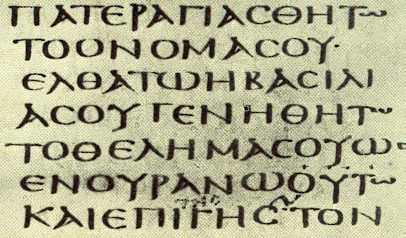I have often written about the strong Benedictine threads in Anglicanism. St Benedict sought a meeting of those in the monastery where all voices would be heard. As the Rule of St Benedict states in Chapter 3:” The reason we have said that all should be called for counsel is that the Lord often reveals to the younger what is best.” The Holy Spirit can work through the least as much as through the greatest.
Quaker meetings are not dissimilar. In the Pacific there is Talanoa – meeting to share stories. In Aotearoa-New Zealand decisions are made after long discussions on the Marae. This consultative approach is increasingly a feature of the Anglican Church in Aotearoa, New Zealand and Polynesia. Canterbury Cathedral, where the Anglican bishops are currently meeting for the Lambeth Conference, was a Benedictine monastery. They are currently following the Indaba process as outlined by Archbishop Thabo Makgoba.
Indaba is a Zulu word for a gathering for purposeful discussion. It is both a process and method of engagement as we listen to one another concerning challenges that face our community and by extension the Anglican communion.
An Indaba first and foremost acknowledges that there are issues that need to be addressed effectively to foster on-going communal living. Originally, in the Zulu context, these might be stock theft, poor service delivery but in the case of the Anglican communion it might be questions related to the way we handle the Bible, sexuality, post colonialism, autonomy concerns and the many missional challenges. It is these issues that need to be brought to the “table.”
In Indaba, we must be aware of these challenges (issues) without immediately trying to resolve then one way or the other. We meet and converse, ensuring that everyone has a voice and contributes (in our case, praying that it might be under the guidance of the Holy Spirit) and that the issues at hand are fully defined and understood by all.
The purpose of the discussion is to find out the deeper convergence that might hold people together in difference and come to a deeper understanding of the topic or issues discussed. This will be achieved by seeking to understand exactly the thinking behind positions other than my own.
Cautions. Indaba works best when participants do not go nto the discussion with a hidden agenda nor prior solution. When you bring the issues, ohers add with their own voice nd a greater truth is revealed and in the process people grow, learn and understand not only the issue, but each other.
For Indaba to work, Indaba on day 1, day 2, day 3, day 4 etc. must be seen as interrelated even if their themes differ. The whole becomes greater than the sum of the parts.
At the end of each Indaba session the discussion will be summarised seeking to honour each of the different voices that have been heard. These written summaries will help to shape the communications coming out of the Lambeth Conference.
This might be an appropriate process to use in other situations.
Also, remember to continue to pray for the Lambeth Conference. One might light a candle at the virtual chapel.



